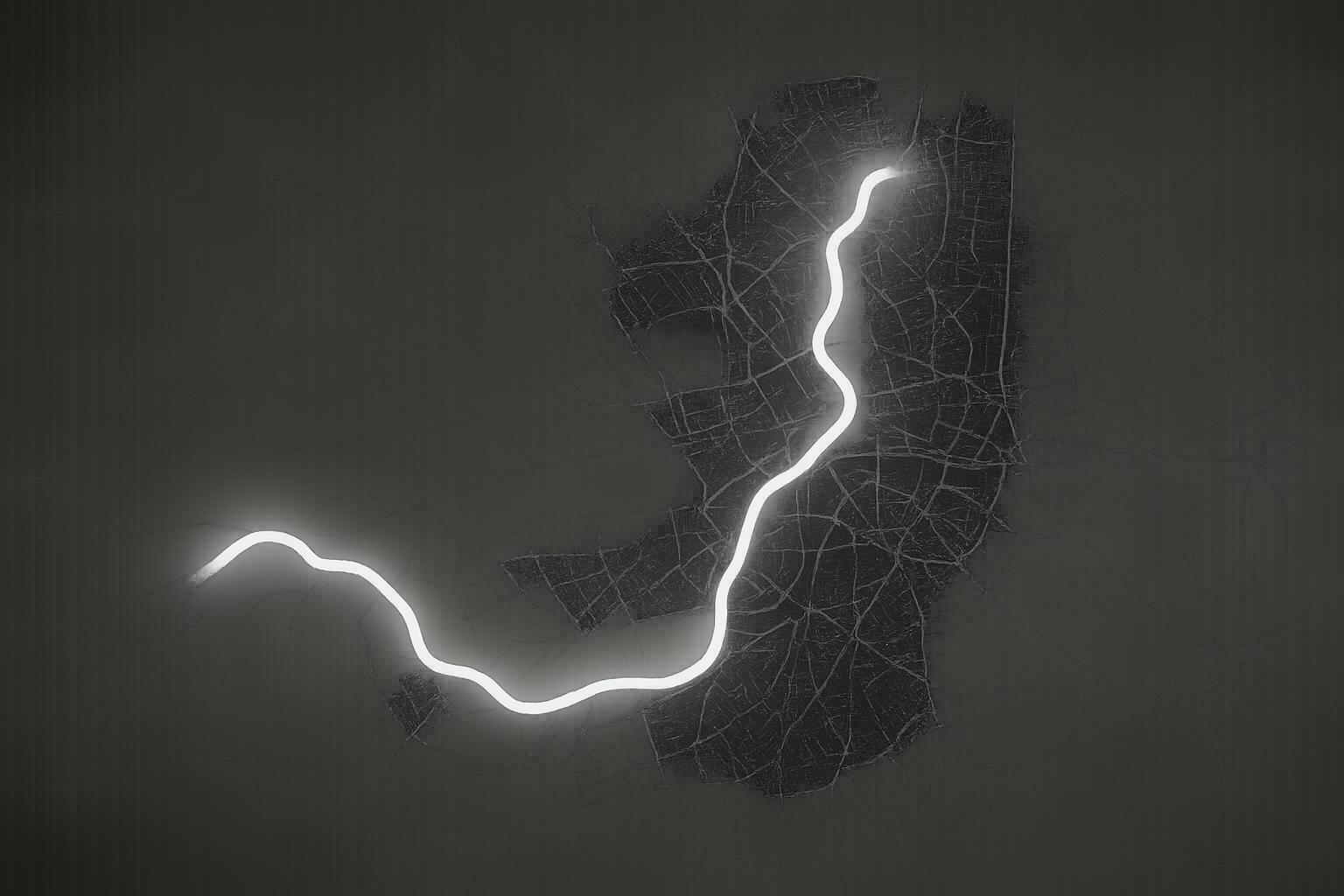Transport for London (TfL) is progressing plans for an ambitious new rail link, the West London Orbital (WLO), which aims to vastly improve travel connections across West and North London. The proposed line would reutilise existing underused railway infrastructure, including the freight-only Dudding Hill line, and integrate it into the London Overground network, delivering a critical new orbital connection between Hounslow in the south and Hendon and West Hampstead in the north. This new route is expected to feature approximately 21 stations along its 18.5-kilometre stretch, including four brand-new stations at Old Oak Common Lane, Neasden, Harlesden, and Lionel Road, the latter positioned near Brentford Community Stadium.
The West London Orbital promises to transform travel in the capital by reconnecting crucial areas such as Old Oak, Park Royal, Burnt Oak, Colindale, Brent Cross, Cricklewood, Wembley, and the Great West Corridor. By doing so, it would facilitate direct travel across West London without the need for detours through central London, slashing journey times significantly—for example, cutting travel between Hounslow and Hendon from an estimated 90 minutes to just 37 minutes. The new service is anticipated to be powered by electric or hybrid trains, enhancing environmental benefits such as improved air quality and reduced congestion.
Mayor of London Sadiq Khan has championed the West London Orbital as a transformative project that could spur economic growth, create new jobs, and contribute to housing development. TfL and local authorities forecast that the project could support the delivery of up to 15,800 new homes and generate around 22,000 new jobs, especially benefiting some of West London’s most deprived communities. Importantly, the plan also aims to rejuvenate local high streets by improving accessibility and connectivity to town centres. Towns along the route including Brent Cross, Wembley, and Old Oak stand to benefit significantly, given their roles in London’s wider regeneration strategy and substantial planned residential and commercial growth.
Financially, the project has been estimated to cost between £430 million and £900 million, with the higher figures reflecting the complexities of upgrading signalling systems, track enhancement, and building new stations that can handle longer trains and provide interchange options with services including HS2 and the Elizabeth line at Old Oak Common. Funding is primarily expected to come from TfL and the West London Alliance, with limited scope for private financing, largely because the line uses existing Network Rail infrastructure. Local councils such as Brent and Harrow have shown their support by committing funds to maintain momentum, but the scheme still awaits full government investment approval.
The feasibility of the project, including overcoming challenges such as upgrading Acton Wells junction—a key freight corridor—and ensuring seamless operational logistics, has been confirmed by TfL and consultants like Mott MacDonald. These plans involve careful station design to address geographic and structural constraints, as well as integrating new transport links into London’s broader rail network. According to the latest timeline, and assuming funding is secured, construction could commence by 2030, with passenger services potentially running by 2033 or 2034.
The West London Orbital is also expected to alleviate crowding on other overloaded public transport services such as the Piccadilly Line and Bakerloo Line, while providing up to four trains per hour between key points on the new route and ensuring connectivity with several major rail and Underground lines across London. This enhanced orbital route would not only bolster local economies by improving productivity and tax revenues but also support the capital’s long-term sustainability and resilience by encouraging more sustainable travel habits.
While progress continues and detailed design work advances, the scheme is positioned among several major transport initiatives competing for funding, such as extensions of the DLR and Bakerloo line. Nevertheless, local stakeholders remain optimistic about the project’s potential to deliver major social, economic, and environmental benefits for West London.
📌 Reference Map:
- Paragraph 1 – [1] (MyLondon), [6] (The London Press)
- Paragraph 2 – [1] (MyLondon), [6] (The London Press), [4] (Go With The WLO)
- Paragraph 3 – [1] (MyLondon), [4] (Go With The WLO), [5] (Evening Standard)
- Paragraph 4 – [2] (BBC), [3] (Financial News), [7] (Harrow Online)
- Paragraph 5 – [3] (Financial News), [7] (Harrow Online), [4] (Go With The WLO)
- Paragraph 6 – [3] (Financial News), [2] (BBC), [1] (MyLondon)
- Paragraph 7 – [4] (Go With The WLO), [7] (Harrow Online), [5] (Evening Standard)
Source: Noah Wire Services
